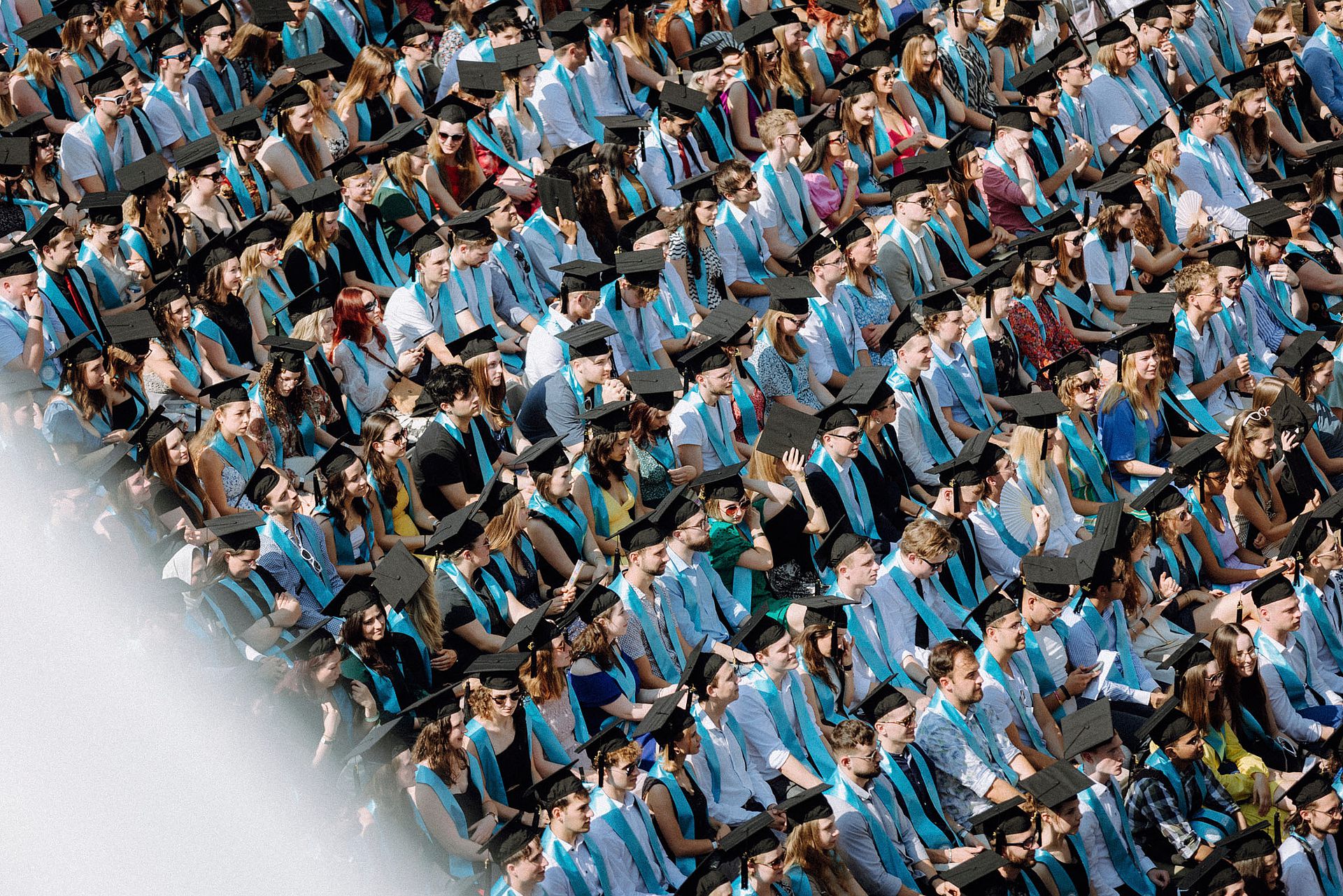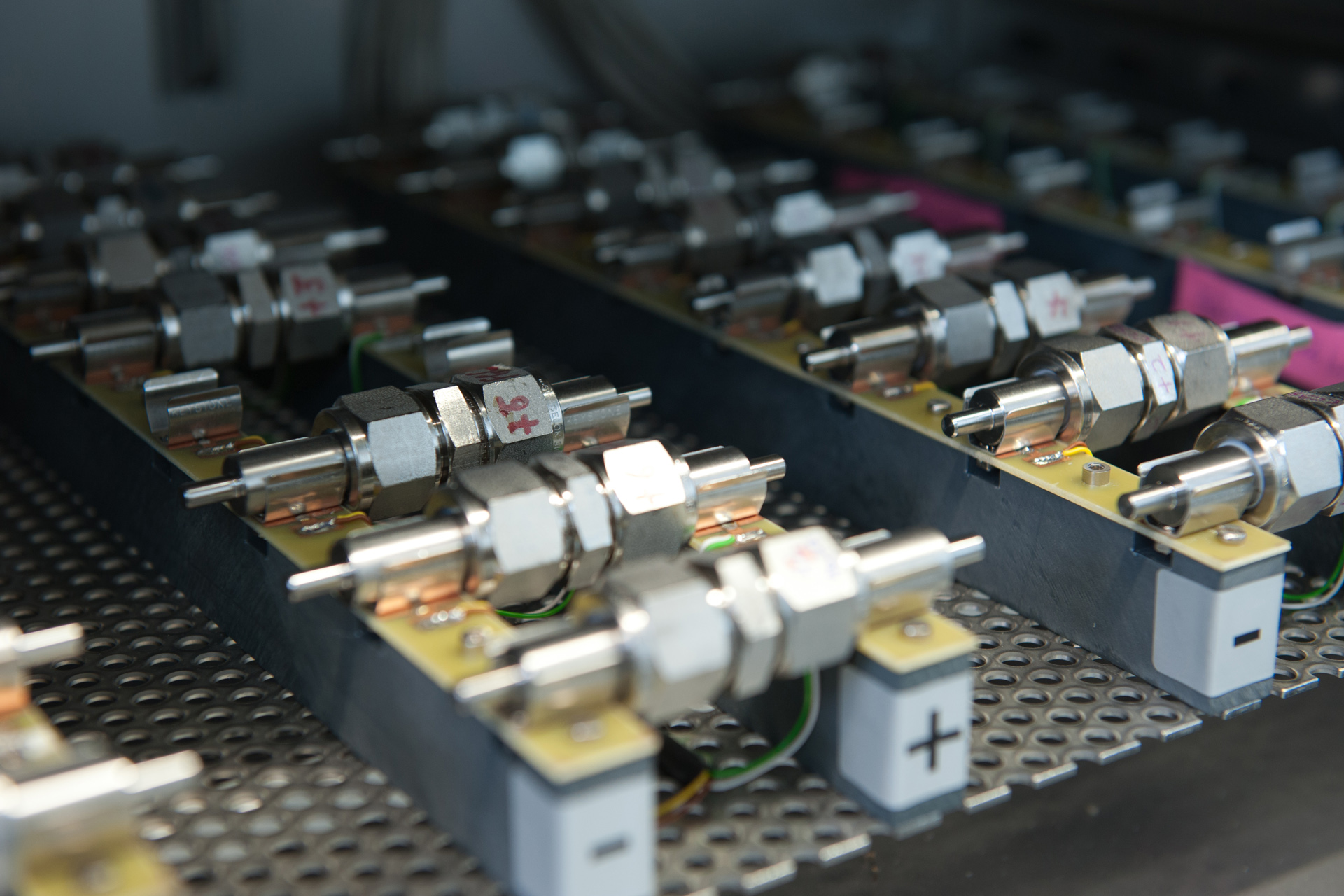+++ Nachhaltigkeit und Klimaschutz +++
Aktuelles
Herausragender Forscher und Kommunikator
Mehr als tausend Hüte fliegen durch die Luft
Erste Akademische Abschlussfeier auf dem Münsterplatz ist ein voller Erfolg
Kontinuität auf dem Weg in Richtung Exzellenz
Alle vier Vizepräsidenten im Amt bestätigt
Ulmer Physik-Nachwuchs trifft Nobelpreisträger
73. Lindauer Nobelpreisträgertagung am Bodensee
Hans Kupczyk-Gastprofessur für Professorin Nabila Hamdi
Molekularmedizinerin forscht an der German University in Cairo zu ALS
Veranstaltungen
Kursreihe Pflanzenbestimmung: Doldengewächse
Zeit:
Samstag, 9:00 - 18:00 Uhr
Veranstalter: Botanischer Garten
Ort : Botanischer Garten, Uni Ulm, Hans-Krebs-Weg, Verwaltungsgebäude, Seminarraum
Veranstalter: Botanischer Garten
Ort : Botanischer Garten, Uni Ulm, Hans-Krebs-Weg, Verwaltungsgebäude, Seminarraum
Arzneipflanzen und ihre Wirkung
Zeit:
Sonntag, 14:00 -15:00 Uhr
Veranstalter: Botanischer Garten
Ort : Botanischer Garten Uni Ulm, Hans-Krebs-Weg 8, Eingang Gewächshäuser
Veranstalter: Botanischer Garten
Ort : Botanischer Garten Uni Ulm, Hans-Krebs-Weg 8, Eingang Gewächshäuser
CREATING FUTURE: J. Haydn - Die Schöpfung
Zeit:
Sonntag, 28. Juli 2024, 18:30 Uhr
Veranstalter: Kulturförderverein Elchinger Musiktage e.V.
Ort : Klosterkirche St. Peter und Paul, Klosterhof 7, Oberelchingen,
Veranstalter: Kulturförderverein Elchinger Musiktage e.V.
Ort : Klosterkirche St. Peter und Paul, Klosterhof 7, Oberelchingen,
zum ausführlichen Veranstaltungskalender
Gerne nehmen wir Ihre Präsenz- und öffentlichen Online-Veranstaltungen in den Kalender auf.







